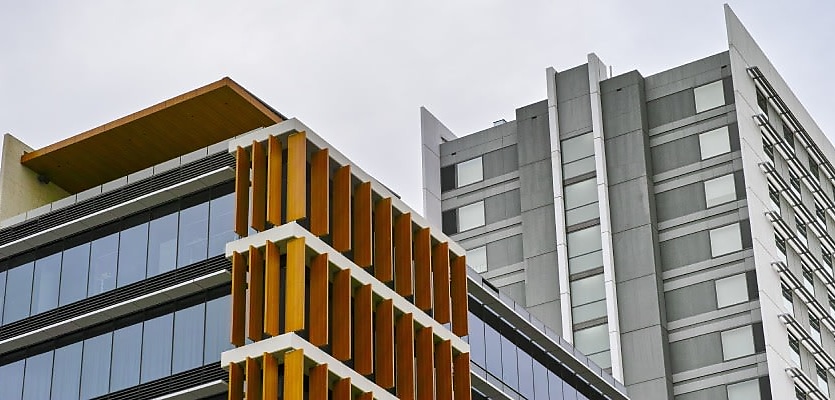A trio of elements has shaped movement in the commercial property market over the last 12 months, according to Raine & Horne executive chairman Angus Raine.
COVID-19 impacts
With lockdowns hastening the uptake of technology to view and purchase properties, the commercial sector has been the beneficiary of a change in the way buyers search for investments.
“Commercial buyers and investors can now take virtual tours or buy at online auctions. The growth of online technologies is great news for yield-chasing commercial property investors looking at regional markets,” Mr Raine noted.
But while that’s been a win for the industry, the impacts of COVID have undeniably knocked the sector about, with extended lockdowns forcing businesses to remain closed and office workers transitioning to remote operations, forcing companies to rethink their spatial needs.
Raine & Horne’s commercial property experts report that, perhaps unsurprisingly, regions with minimal restrictions saw “business as usual” while a different story could be told in Victoria and NSW.
“In Sydney and Melbourne, which have been hardest hit by lockdowns this year, the greatest has been felt across retail and office markets,” the network said.
But across their commercial teams, experts agreed that regions that took a hit are rebounding in the office sector as workplace teams move back to formal environments.
The retail market, too, is likely to see its health improve, but it can’t be ignored that the shift to online shopping has changed the game. Raine & Horne expects to see a return to the patterns that were emerging even before the pandemic hit, noting that the shift to e-commerce may have accelerated, but it’s far from new.
“It’s likely that the pre-pandemic trend for retail properties to be used by a greater variety of enterprises – from wellness salons to cafes, will continue longer term,” Raine & Horne’s experts said.
Industrial property steps up
For those who own industrial properties, however, the online shopping boom has represented something of a windfall.
“The growth of online retailing during the pandemic has fuelled demand for warehousing space,” Mr Raine confirmed. “This is being coupled with an acute shortage of new industrial subdivisions, and along with demand from owner-occupiers, the upshot is that industrial properties are selling fast – often for record prices, and in many areas, we are heading towards an acute shortage of industrial assets.”
He advised that anyone considering parting with their industrial assets should strike while the iron is hot.
“You could be surprised at the market value of the asset, and now is a brilliant time to sell.”
Low-interest rates
Mr Raine also noted that it’s no surprise low rates on cash savings have been propelling the commercial market, just as they’ve done across the industry at large.
But among commercial purchasers, a trend has emerged. Low-interest rates have fuelled a growth in the owner-occupier segment of the market, according to Mr Raine, having a trickle-down effect in retail availability.
“In many areas, it is now cheaper for businesses to own rather than lease their premises,” Mr Raine noted. “Not only is this underpinning high demand for commercial properties – especially those sold with vacant possession – it is also putting a squeeze on leasing markets as fewer properties are available to lease.”
ABOUT THE AUTHOR
Juliet Helmke
Based in Sydney, Juliet Helmke has a broad range of reporting and editorial experience across the areas of business, technology, entertainment and the arts. She was formerly Senior Editor at The New York Observer.

Never miss a beat with
Stay across what’s happening in the Australian commercial property market by signing up to receive industry-specific news and policy alerts, agency updates, and insights from reb.
Subscribe to reb Commercial:







You are not authorised to post comments.
Comments will undergo moderation before they get published.